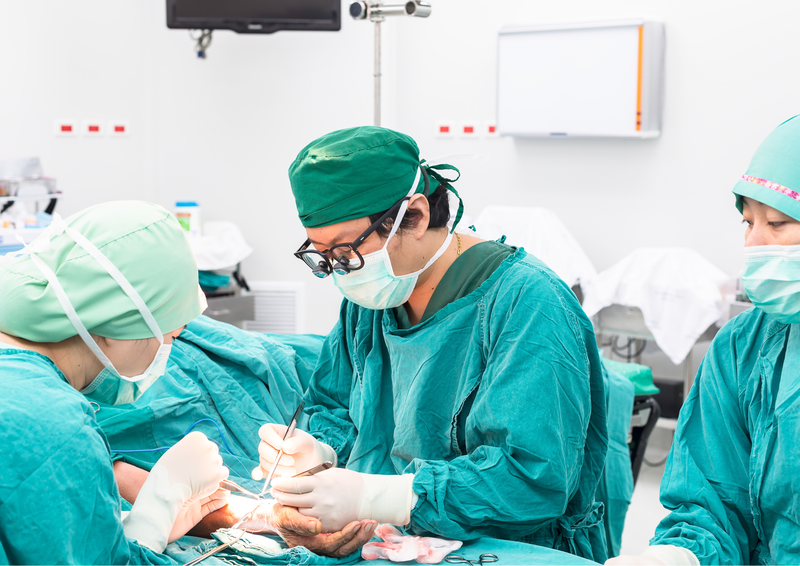FISTULOPLATY VENOPLASTY

Fistuloplasty venoplasty is a minimally invasive procedure to widen a narrowed or blocked blood vessel. It is commonly used to treat dialysis fistulas, which are surgically created connections between an artery and a vein in the arm or leg. Dialysis fistulas are used to provide access to the bloodstream for hemodialysis, a type of kidney dialysis.
Causes
Narrowing or blockage of a dialysis fistula or vein can occur for a number of reasons, including:
- Intimal hyperplasia: This is a thickening of the inner lining of the blood vessel.
- Thrombosis: This is the formation of a blood clot in the blood vessel.
- Aneurysm: This is a bulge in the wall of the blood vessel.
- Pseudoaneurysm: This is a collection of blood outside of the blood vessel that is contained by surrounding tissue.
- Venous stenosis: This is a narrowing of the vein.
- Venous occlusion: This is a blockage of the vein.
Treatment
Fistuloplasty venoplasty is a relatively simple and safe procedure. It is typically performed under local anesthesia, and the patient can usually go home the same day.
During the procedure, a thin tube (catheter) is inserted into the blood vessel through a small incision. A small balloon at the tip of the catheter is then inflated to widen the narrowed or blocked area. The balloon is inflated for a few minutes, and then deflated and removed.
In some cases, a stent may be placed in the blood vessel to keep it open. A stent is a small metal mesh tube that is inserted into the blood vessel and held in place by small springs. Stents are typically used only if the balloon angioplasty is not successful or if there is a high risk of the narrowing or blockage recurring.
For any Queries or Appointment please call +91-9451030480